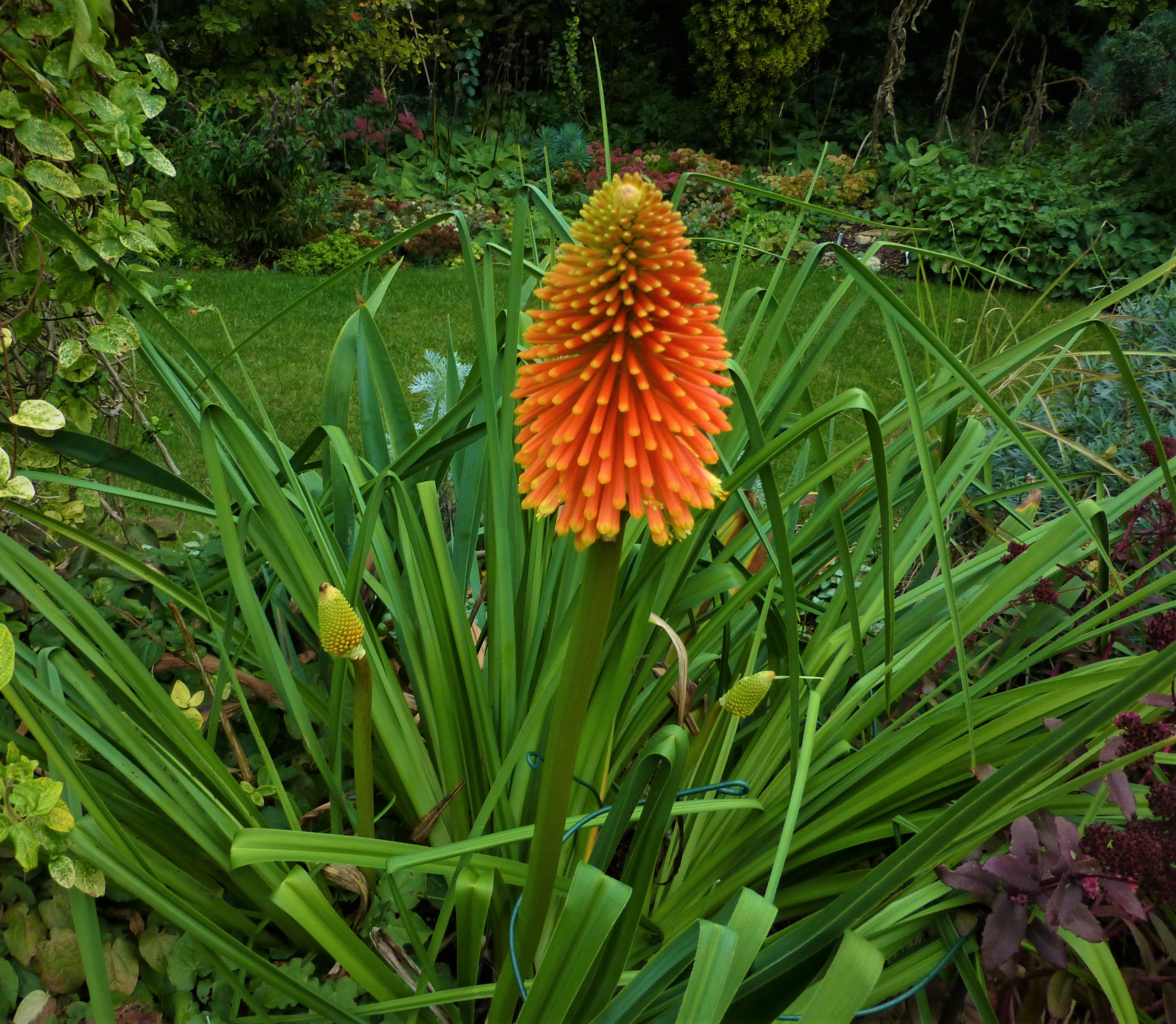Autumn fruit and colour
Colours are changing, there is a nip in the air and the hedgerows as well as the garden are full of fruit including plums, apples, hips, haws and sloes. I saw a whitethroat the other day balancing precariously on a bramble bush and tucking into a juicy blackberry. We like blackberries too and have picked plenty for the freezer.


Gardening Ants
The garden is full of purple and white Cyclamen hederifolium. The seeds are spread about by ants which are attracted by the fleshy coating. These helpful gardeners take the seeds carefully back to their underground nests where the coating feeds the colony, but the seed germinates and a cyclamen will pop up somewhere unexpected.

Naked ladies
My new colchicums (naked ladies) have just put in an appearance. The large strappy leaves, which appear after the flowers (hence the naked), are untidy and take up quite a lot of space but I think the flowers may be worth the investment. I have Colchicum byzantinum “Innocence” (white) and Colchicum speciosum (purple) – just a few flowers of each as it is their first year but they hold promise, always provided the slugs leave them alone.

Garden giants and dwarfs
Helianthus salicifolius (willow-leaved sunflower) has produced clusters of small yellow daisies more than 6-foot up, far too high to enjoy them properly. It is just as well that I grow the plant for the architectural impact of the wonderfully long narrow willow-like leaves that clothe the arching stems leaves rather than the flowers.

At the other end of the scale is the dainty Acis autumnalis, (autumn snowflake) in my gravel bed, no more than a foot in height, with tiny nodding, bell-shaped, white flowers. I would like to have the pink form too- something to look out for when I browse the catalogues this autumn.


































